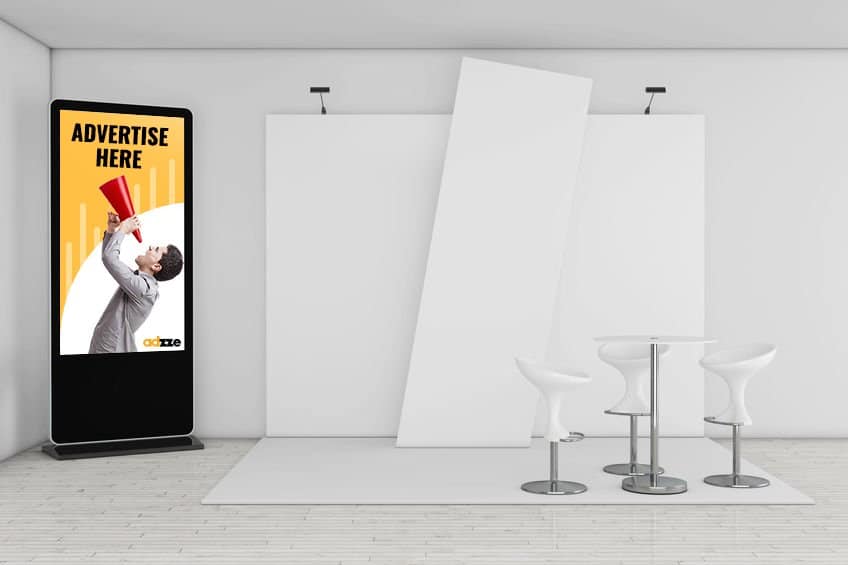Hand Sanitizer Dispensers: The Overlooked Channel for Brand Engagement
In a world where attention is currency, hand sanitizer dispensers are quietly becoming a high-frequency, high-trust engagement channel — and most marketers haven’t noticed.
Initially installed for hygiene and safety, hand sanitizer dispensers are now strategically placed in clinics, retail stores, offices, restaurants, gyms, and virtually every public venue. But here’s the twist: every pump is a touchpoint, a habitual action that can be paired with brand messaging, sensory cues, and digital conversion triggers.
In this blog, we’ll explore how savvy brands are transforming hand sanitizer dispensers into micro-media platforms, delivering targeted engagement, building trust, and driving measurable ROI — all while promoting health.
Hand Sanitizer Dispensers as Brand Real Estate
From Functional Hygiene to Media Opportunity
Marketers often look past the obvious. While hand sanitizer dispensers are viewed as facility tools, they actually sit in high-traffic, high-dwell-time areas:
Clinic lobbies
Hospital waiting rooms
Retail store entrances
Office reception areas
Event registration zones
Each placement presents an opportunity for hand sanitizer stand advertising — subtle, effective, and anchored in physical interaction.
Now imagine turning these previously passive installations into interactive brand stations. That’s where the real power lies.
Why Hand Sanitizer Dispensers Work as Media
Trust + Touch + Timing = Brand Recall
Neuroscience tells us that touch-based interactions create stronger memory links. When a person physically interacts with a dispenser, it creates a brief but powerful neural connection.
Add in visual branding, a scannable QR code, or even a signature fragrance, and your brand becomes part of a repeated, conditioned routine.
Here’s why hand sanitizer dispensers outperform traditional ad formats in certain environments:
Traditional Ads |
Dispenser-Based Media |
Passive viewing |
Active interaction |
One-time impression |
Repeated usage |
Questionable attention span |
Full attention during use |
Expensive to update |
Easy to rewrap, redesign, or redirect links |






